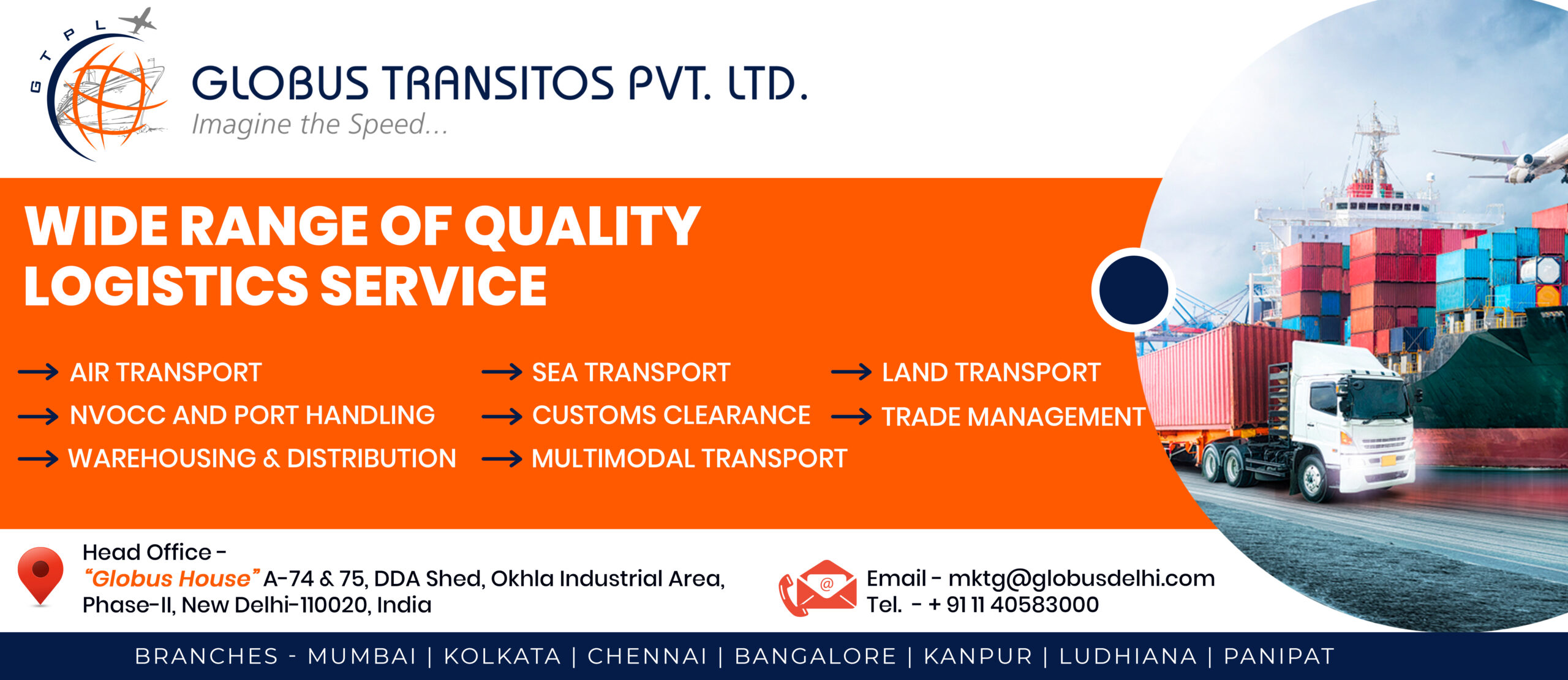Supply chain visibility became a massive issue during the pandemic, and is an issue here to stay, according to Cedric Rosemont, the new CEO of IoT supplier Traxens.
Yesterday he announced that Kuehne+Nagel had became its latest customer.
The company is also preparing to launch its latest cargo tracking device, the Traxbot XB3, which has been designed to meet new regulations regarding their use in potentially explosive environments.
The launch will be at the Trans-Pacific Maritime Conference at the end of this month, Mr Rosemont said in an exclusive interview with The Loadstar today.
These devices will be critical in the coming years, he said.
“All containers will be fitted with trackers,” he believes, pointing out that Hapag-Lloyd had already started to fit its container fleet, and he argued: “Within five years, MSC, Maersk and CMA CGM will also have all their containers fitted with trackers.”
These three major carriers hold more than 50% of the shares in Traxens and “are also our main customers”, Mr Rosemont added.
Mr Rosemont, who took over as CEO in December, believes that, as the main shareholders are carriers, the company has a captive clientele and, with a combined fleet of around 8m containers – more than 11m teu – his main task is to ramp up Traxen’s production to accommodate the demand.
“We are prepared for the demand for new devices, but we also need to prepare for the 10-to-20-fold increase in the amount of data that will come with that,” he explained.
In addition, he said, the level of competition was increasing in the sector and that innovation and differentiation was critical. He pointed to the ‘door-open’ detection system which, he said, was the “main asset we provide today”.
Mr Rosemont said MSC, Maersk and CMA CGM were “targeting service to their customers; at this stage they are not looking at fleet management data for themselves.”
Those customers include three of the largest freight forwarders, DSV, DB Schenker and Kuehne+Nagel, as well as the Bolloré group, now owned by MSC. For these, one of the draws for Traxens, other than the benefits of supply chain visibility as standard, is that Traxens can offer a service applying a tracker to a single container for a single trip, which requires the inclusion of “reverse logistics” to retrieve the tracker on delivery of the container.
“A freight forwarder will be required to do this, we are now talking to Expeditors on this issue,” said Mr Rosemont.
Supply chain visibility is a challenge for the industry, believes Mr Rosemont. Devices that must communicate with the worldwide web are a service that will interest shippers of higher-value cargo, but it is inevitable that such systems will develop to become the industry standard within a few years.



